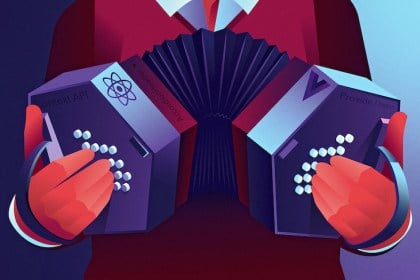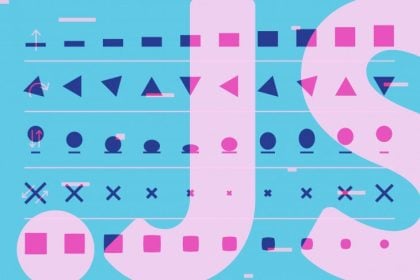After the React team announced the proposal of a new feature called Hooks at React Conf 18, there was a […]
If you’ve used React before, chances are that you’ve had to require some form of method for managing things. If […]

Imagine you are creating an accordion component that you want to distribute publicly through an npm package. You would like […]

Learn how to configure webpack from scratch for Tailwind CSS in React.

You may have noticed that animation is pretty popular on the web. There’s no shortage of tutorials, case studies, and […]

A guide to eliminating common React performance issues.

Learn how to maintain state variables in React without passing props down and back up every time there’s a change.
One of the issues all front-end developers face is how to make UI components reusable. How do we craft components […]

In any non-trivial React app, CSS styles can become a problem if you don’t manage them correctly. Global style definitions, !important […]

Several years ago, it was becoming tiring (and annoying in the case where the changes do not render as expected) […]
HTML forms can send an HTTP request declaratively while submitting forms and awaiting response. However, you have to wait for […]